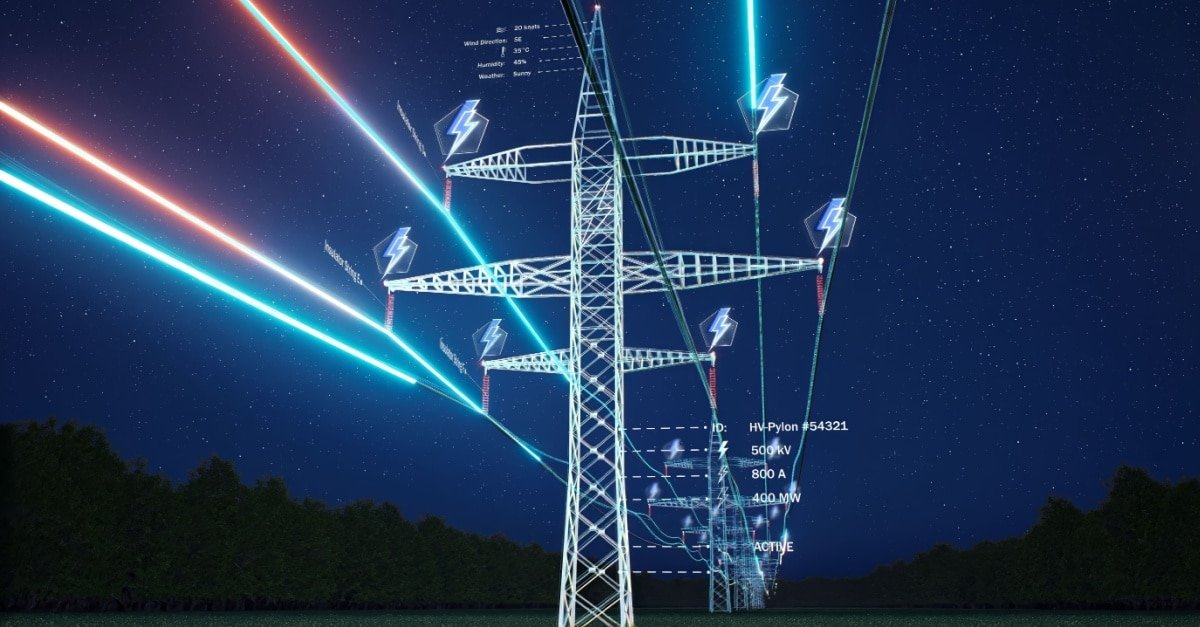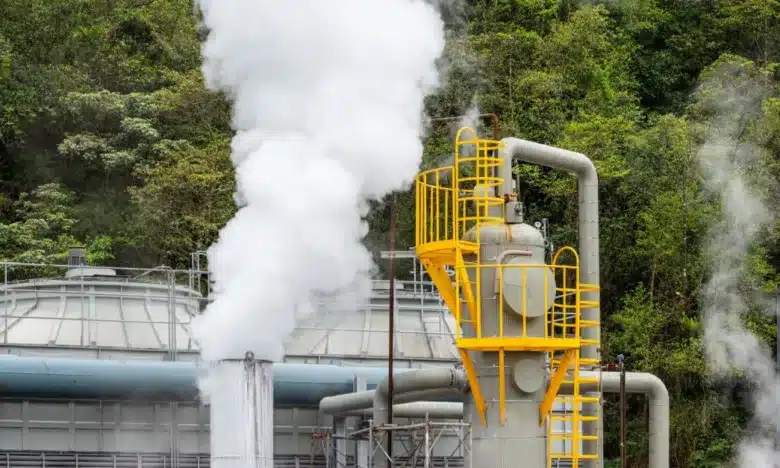
No One Left in the Dark: Stable Energy Access Is a Must for PH
- July 17, 2025
In a recent Philippine Daily Inquirer article, DOE Undersecretary Rowena Cristina Guevara stressed the urgent need to close the electricity gap in the Philippines. Although power is a daily necessity, more than 1.5 million households, particularly in remote areas, still live without it.
To meet the full electrification target set by President Marcos, the DOE examined how access to electricity affects families, drawing on March 2024 data and Philippine Statistics Agency (PSA) surveys to assess progress across regions.
Electricity linked to a rise in income
Guevara pointed out that better electricity access leads to significant improvements in household income and spending. Families with just eight hours of electricity per day see income increase by 15.8% and spending by 14.8%.
With full 24-hour access, the benefits are even more substantial—income rises by 56.3%, while expenditures grow by 59.4%. The trend is clear: the more consistent the power supply, the greater the economic uplift.
Electricity does more than light homes. It powers livelihoods. With longer service hours, families can cook for small food ventures or operate sewing machines. What starts as a home becomes a workplace.
However, Guevara also noted that consistent service alone is not enough. In areas with only four hours of electricity, just 28% of households used it for livelihood activities. That figure jumps to 79% in communities with full-day power. To make electrification truly equitable, she stressed the need to pair it with government livelihood programs that help all families turn access into opportunity.
(Also read: Offshore Wind Challenges: Key Lessons for Philippine Energy Regulators)
How Household Electrification Improves Education
Access to electricity at home has been shown to significantly improve children’s educational outcomes.
In Peru, children in electrified homes studied up to two hours more per day. In Bangladesh, electrification boosted enrollment and improved grade progression. Brazil’s Luz Para Todos (Light for All) program saw dropout rates fall by 28% in newly electrified areas.
In Sub-Saharan Africa, access to electricity helped bridge gender gaps in education. Electrified schools further enhance learning with longer hours, qualified teachers, and digital tools.
Achieving near-full electrification
The undersecretary cited recent data highlighting the country’s lag in electricity use. Based on 2023 figures from the World Bank, the Philippines records just 0.88 megawatt-hour per person. In comparison, Thailand consumes 2.87 and Malaysia 4.99 MWh per capita.
She noted that countries like Thailand and Malaysia, which enjoy near-total electrification, also post higher GDP per capita. The contrast underscores the urgent need for the Philippines to scale up access and energy use if it hopes to bridge this development divide.
A closer look at Thailand reveals a heavy dependence on natural gas to power its grid. Roughly two-thirds of the country’s electricity comes from this single source. As local reserves dwindle, Thailand has increasingly turned to imported liquefied natural gas (LNG) to meet growing demand and maintain energy stability.
The country, which is the second-biggest economy in Southeast Asia, is also exploring nuclear power through small modular reactors (SMRs) as it seeks to reduce dependence on declining natural gas reserves. These next-generation nuclear units, alongside green hydrogen and battery storage, are being considered to help cut emissions in manufacturing.
Malaysia, for its part, runs on energy—literally and economically. Nearly 28% of its GDP comes from the energy sector, with one in four jobs linked to it. Petroleum revenues alone account for 31% of government income, and energy products make up 13% of national exports.
While Malaysia is taking steps toward cleaner sources, fossil fuels remain the engine of its economy. It’s currently the second-largest oil producer in Southeast Asia and ranks third globally in liquefied natural gas exports. The shift to renewables may be underway, but for now, oil and gas remain the country’s economic cornerstone.
(Also read: Unsteady Ground: The Cracks in GEA-5’s Offshore Wind Strategy)
Issues that plague the PH’s energy transition
With Guevara drawing comparisons to Malaysia and Thailand, it becomes clear that these more electrified economies continue to lean on fossil fuels. According to the International Energy Agency, fossil fuels still supply over 60% of global electricity, highlighting their longstanding role in ensuring continuous power delivery.
For the Philippines, the key takeaway is to pursue low-carbon goals with a pragmatic approach, ensuring energy remains stable and accessible while steadily expanding renewable sources.
-
Improving energy reliability
According to Malaya Business Insight, fossil fuels continued to account for roughly 78% of the Philippines’ electricity supply as of early 2025. With many aging power plants nearing the end of their lifespan and renewables steadily coming online, energy planners face the challenge of managing this shift without risking shortages.
Joint studies by the Department of Energy and the U.S. National Renewable Energy Laboratory indicate that reaching a 30 to 50% renewable share by 2030 is within reach. However, this will require greater operational flexibility, improved coordination across the power system, and managing excess renewable output when supply exceeds demand.
To strengthen energy security while scaling up renewables, the government is revisiting nuclear power as part of its long-term strategy. Among the options on the table are reviving the dormant Bataan Nuclear Power Plant and developing small modular reactors, with potential deployment eyed by 2032.
Like Thailand and Malaysia, the Philippines is turning to natural gas as a key part of its energy strategy. With output from the Malampaya field—currently supplying 16% of the country’s power—declining rapidly, the government is actively exploring new sources and infrastructure to support future demand.
A major step in this direction is a US$3.3 billion partnership involving Meralco PowerGen Corp., Aboitiz Power Corp., and San Miguel Global Power Holdings Corp. The energy firms are collaborating on an integrated LNG facility in Batangas, designed to supply power to Luzon.
-
Securing energy affordability
According to Bienvenido Oplas Jr., president of Minimal Government Thinkers, one key risk of rapid decarbonization and abandoning nuclear options is a sharp rise in electricity costs.
After reviewing a decade’s worth of energy consumption data—from 2012 to 2022—on fossil fuels and nuclear power in the countries cited in the International Energy Council (IEC) report, Oplas drew a clear conclusion: coal, natural gas, and nuclear remain central to keeping electricity costs manageable and supply consistent.
“The quick conclusion is that European countries have high electricity prices — up to 31.6¢US/kWh for Denmark — because they have ‘decarbonized’ and ‘denuclearized’ a lot,” he wrote.
Furthermore, he warned that aggressive decarbonization could result in reduced energy supply, potentially affecting grid reliability and overall economic productivity.
“The UK is a classic example of fast, wild, irrational decarbonization,” he wrote, pointing to the UK’s steadily declining monthly electricity output over the past 13 to 14 years, and noted that this drop in energy production has coincided with sluggish economic growth stretching back more than a decade.
Dr. Eduardo Araral, associate professor at the National University of Singapore, also urged caution in the Philippines’ energy transition, stressing that “energy security and affordability” must come first. He warned against abandoning legacy systems too quickly in pursuit of being green, advocating instead for a “very, very pragmatic” approach to ensure that consumers are not burdened by premature shifts to high-cost technologies.
Offshore wind, a key feature in the government’s Green Energy Auction 5, is undeniably costly. A Philippine study estimated its levelized cost of electricity (LCOE) at ₱8.03 to ₱8.31 per kWh, notably higher than the ₱7.40 forecast for onshore wind.
According to Araral, passing on these elevated costs to consumers, especially low-income households already facing some of the highest power rates in Asia, could further strain affordability and widen energy inequality.
At the same time, the government is working to ensure that the shift to cleaner energy does not burden consumers with high power rates. Energy Regulatory Commission (ERC) Chairperson Atty. Monalisa Dimalanta highlighted that keeping electricity prices within reach for both households and businesses remains a top priority during the transition.
“If we ask consumers, it’s not the emissions target that they are concerned with,” she noted. “It’s not that we are not concerned about our global commitments on emissions, but our main job is to make sure that only reasonable rates are passed on to our consumers.”
A gradual transition
By 2040, the Philippines is projected to need 54,655 MW of power, over three times the demand recorded in 2020, which was 15,282 MW.
Speaking at the BusinessWorld Economic Forum 2025 last May, Guevara reaffirmed that even amid the country’s ongoing energy transition, coal continues to serve a critical role in maintaining power stability.
“Transition has to be calculated and calibrated,” Guevara explained. “We do not want this to impact the economic growth of the country by suddenly turning off our coal-fired power plants.”
The undersecretary outlined the government’s phased approach to the energy transition, which involves keeping existing coal capacity online while gradually integrating more renewable sources in the coming decades. She acknowledged that while renewables have advanced significantly, they are not yet capable of meeting the country’s full energy demand.
Additionally, she pointed out that although over 1,400 renewable energy service contracts have already been awarded, representing more than 160 GW of potential capacity, only 28 GW have been installed so far. The real challenge, she noted, lies in converting those contracts into functioning power projects that can deliver electricity to the grid.
The DOE is developing a coal transition policy, guided by President Marcos Jr.’s directive, to gradually reduce the country’s reliance on coal without compromising grid stability or economic growth. According to Guevara, the plan supports the Philippines’ climate commitments under the Paris Agreement, including efforts to lower greenhouse gas emissions.
“Phasing down coal isn’t just about reducing emissions. It’s also about making sure the lights stay on and that businesses can keep running,” Guevara said.
Despite the Philippines’ ongoing efforts to reduce emissions, it contributes a mere 0.48% of global greenhouse gas output—well under 1%. Given its relatively small share, even a rapid push to net zero wouldn’t significantly alter the global emissions landscape, yet could impose steep economic costs domestically. A swift decarbonization strategy risks destabilizing energy affordability, which is critical for a developing economy.
Conclusion
The Philippines stands at a pivotal point in its energy transition, striving to expand clean energy while maintaining a stable, affordable power supply. Still, the focus must remain on practical implementation.
Renewable contracts alone are not enough; the real test lies in delivering actual megawatts to the grid. A carefully phased approach, supported by targeted policies like the coal transition roadmap, will be essential to ensure energy security while upholding the country’s climate commitments.
Ultimately, the success of the transition will depend on striking the right balance between ambition and pragmatism. The shift to renewables must be managed without compromising economic growth, investor confidence, or public affordability.
With the right infrastructure, regulatory support, and private sector participation, the Philippines can create a resilient energy system that fuels development, safeguards the environment, and secures a more sustainable future for generations to come.
Sources:
https://plus.inquirer.net/business/how-electricity-access-lifts-filipino-families/
https://www.therakyatpost.com/living/2024/12/27/where-does-malaysias-energy-come-from-whats-next/
https://www.iea.org/energy-system/electricity
https://nja.pastic.gov.pk/LJE/index.php/LJE/article/view/1173
https://blogs.iadb.org/energia/en/light-for-rural-education-energy-to-reduce-school-dropout/
https://www.mdpi.com/1996-1073/12/4/629
https://climatepromise.undp.org/what-we-do/where-we-work/philippines



